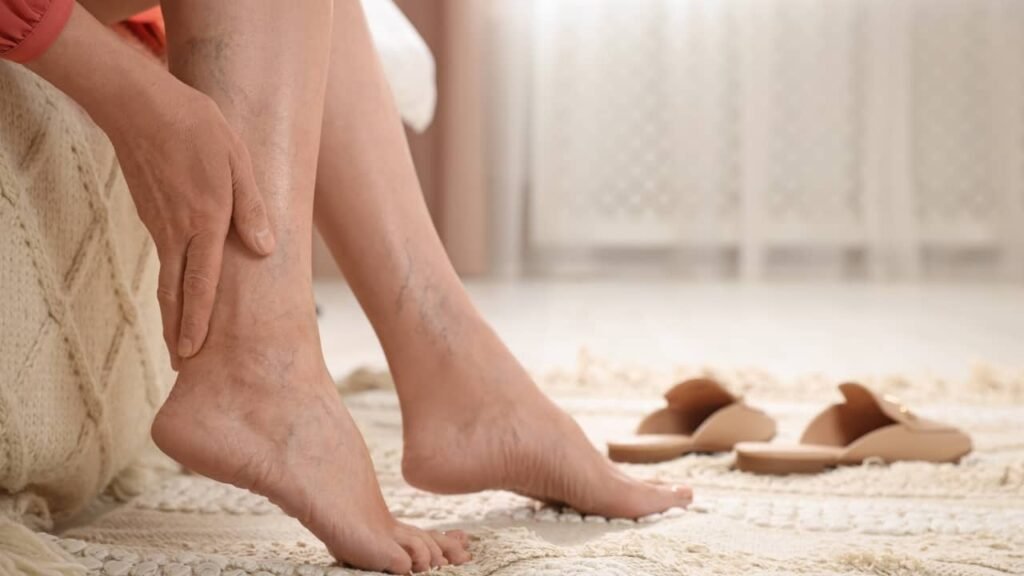Varicose veins can affect people of all ages, but are especially common in middle-aged people. Women are more likely to be affected than men, and pain is the most common symptom. It gets worse when you stand for long periods of time, but may be relieved when you lie down.
Do you find it difficult to walk due to pain in your lower legs, especially your calves? Or have you noticed that the veins in your legs are noticeable? If so, you may have varicose veins.
Dilated and tortuous veins are known as varicose veins. They may be found in the veins of the lower extremities, esophagus, and hemorrhoids. Blood in the veins of the lower extremities moves against gravity toward the heart. Normal veins have valves that help this flow. Malfunction of these valves can cause the veins to become dilated and tortuous.
Risk factor:
Risk factors for developing varicose veins include people who have jobs that involve long hours, such as surgeons, train conductors, and chefs. Pregnancy or the presence of an abdominal tumor can also cause varicose veins. This may be observed in people with ovarian cysts, pelvic cancer, fluid in the abdomen (called ascites), and deep vein thrombosis. People who take oral contraceptives may also be more susceptible to this condition.
Varicose veins can affect people of all ages, but they are especially common in middle-aged people. Women are more likely to be affected than men. Pain is one of the most common symptoms seen with this condition. It gets worse when you stand for long periods of time, but may be relieved when you lie down. Spider veins may be observed in the early stages. They are small, dilated, and red or purple in color.
Complications of untreated varicose veins:
If not treated in a timely manner, varicose ulcers can form on the inside of the ankle. Minor damage to dilated veins can cause heavy bleeding (bleeding). Inflammation may occur and the skin may become red and swollen. Pigmentation, eczema, and calcification of the veins can also be seen. In cases of long-standing varicose veins, patients may start walking on their toes to relieve the pain. This causes equinus deformity.
Here’s what you can do to prevent varicose veins from getting worse.
Daily exercise: Leg muscles are responsible for pushing blood back to the heart. For this reason, the calf muscle (gastrocnemius) is also known as the body’s second heart. While leg day may be frustrating (if you’re a gym buff), leg exercises can help prevent the formation of newly dilated, tortuous veins.
Adaptation of the work: If your job requires you to stand for long periods of time, it’s best to find an alternative way to get the job done without making compromises. For example, when you are cooking, you can sit down to cook, or sit and rest for a while before continuing.
Use a pillow. Placing a pillow under your knees while you sleep may elevate your legs and help blood flow that is blocked by misaligned valves. You can make this a regular habit during sleep to prevent further complications.
Compression stockings: Your healthcare provider may recommend using compression stockings. The pressure these exert on the ankles and lower legs helps blood return to the heart.
If you notice any changes in the skin or the development of ulcers near your varicose veins, contact your health care professional.
Read the latest business news, Sensex, Nifty updates. Get Personal Finance insights, tax questions and expert opinions on Moneycontrol or download the Moneycontrol app to stay updated.

